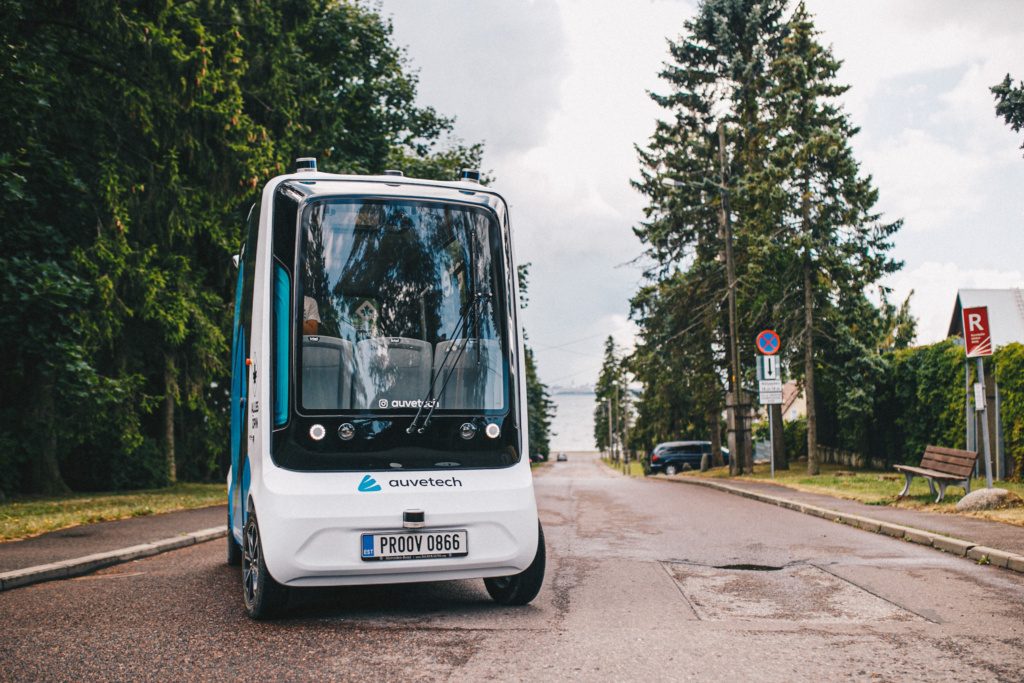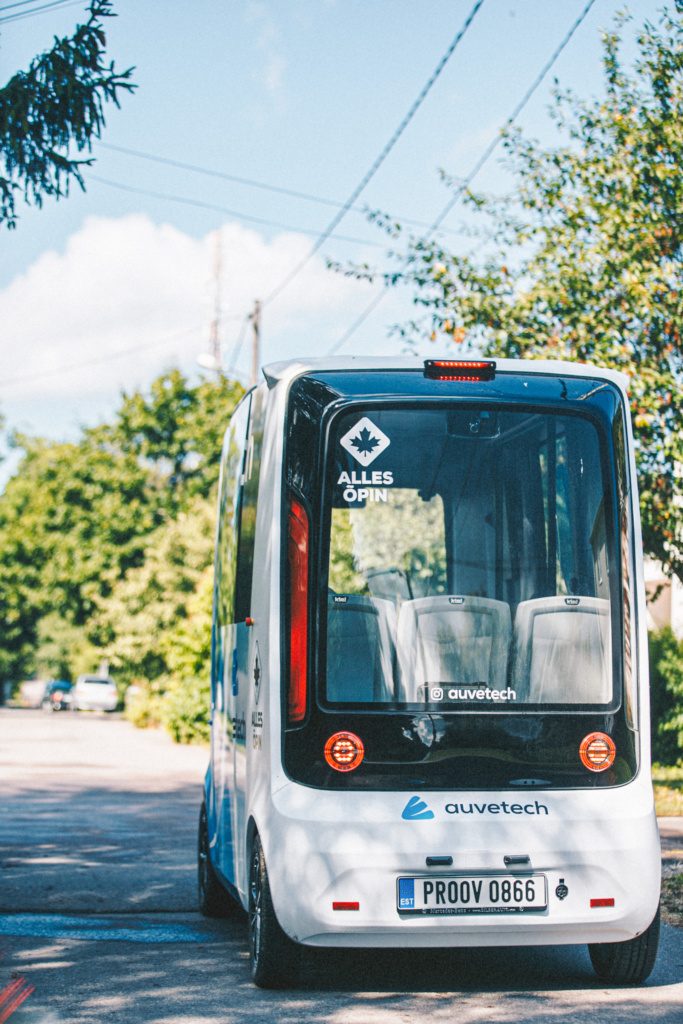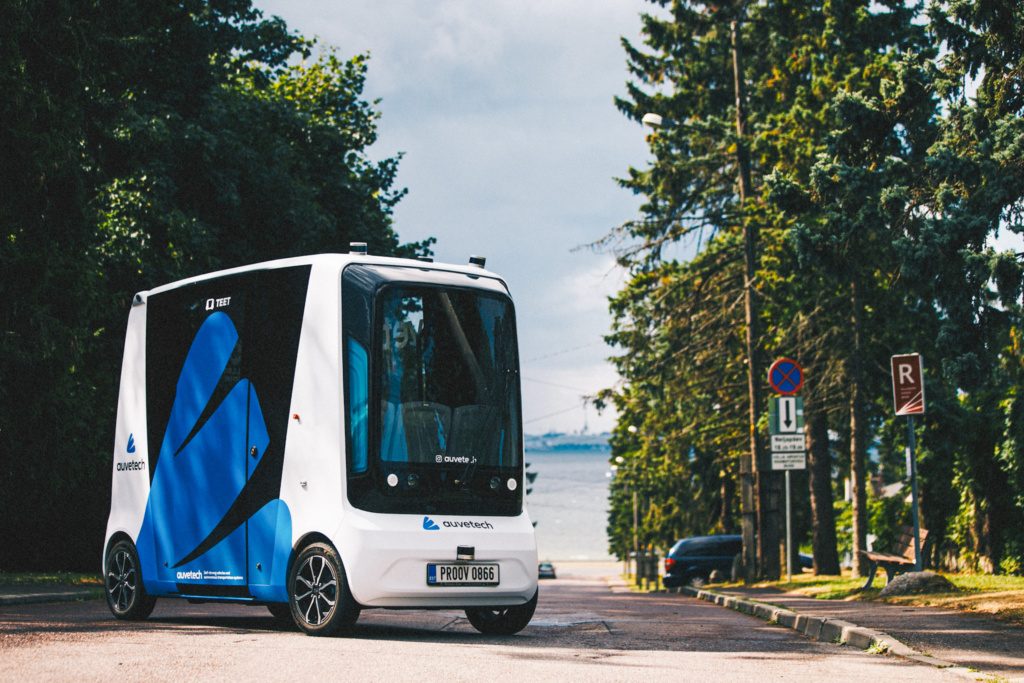Estonia, Pirita
Green transport for a green district

The beginning
We had the opportunity to test Iseauto at home in the Pirita district. It is one of the 8 administrative districts in the city, full of greenery and private houses. Even without a dense population, the shuttle was popular among the residents. Over 800 passengers tried the remarkable public transportation without any publicity from us on social media.

Operational Environment
The residential areas are useful for testing the last-mile solutions since the residents always run errands. The roads are a great aspect because they are wider in comparison to the city center so there is no congestion. Iseauto did not have a personal lane in the open area so the operator was an equal road user in the mixed traffic.
The route included left and right turns, a roundabout, and was 2 km long. The operations were scheduled and the bus could be seen on the streets of Pirita district from Tuesday to Sunday for 2 months for 6 hours starting at 10 a.m. The passengers could use the bus out of curiosity or for their needs for free.

The complexity of the environment
At first, the environment seemed to be simple and stress-free but it was not. We installed 4 bus stops along the route at the most crowded places. The first stop was nearby a roundabout which is not far away from the supermarket, kindergarten, and school on Haaviku St. The second bus stop was across the street from Meriaia Park where passengers of the regular public buses could take the autonomous shuttle. Another stop had the same purpose as the second one and was positioned on Viimsi St. The final destination was at one of the entrances to Merivälja Park on Salu St.
The bus had to drive uphill on Väina St and Salu St which consumes more energy from the batteries but our bus was operating for 6 hours successfully without extra charging. The crossings were not regulated by the traffic lights so the operator had to be attentive to the pedestrians and coming cars since there were 4 blind spots on the operated lane.

The weather conditions
The case study took place in Pirita district from August to October so we did not face any difficulties caused by the weather conditions. There were some rainy days but our LiDARS were still sensing the obstacles on time so the passengers of the shuttle and the road users were safe.
Challenges tackled
Blind spots and kids are not the best combination so it was the first challenge to overcome. The kindergartens and schools in the residential areas are not uncommon for us, but children can be unpredictable so the operator was alert at all times.
Other obstacles were speeding drivers and people ignoring traffic rules and blind spots.